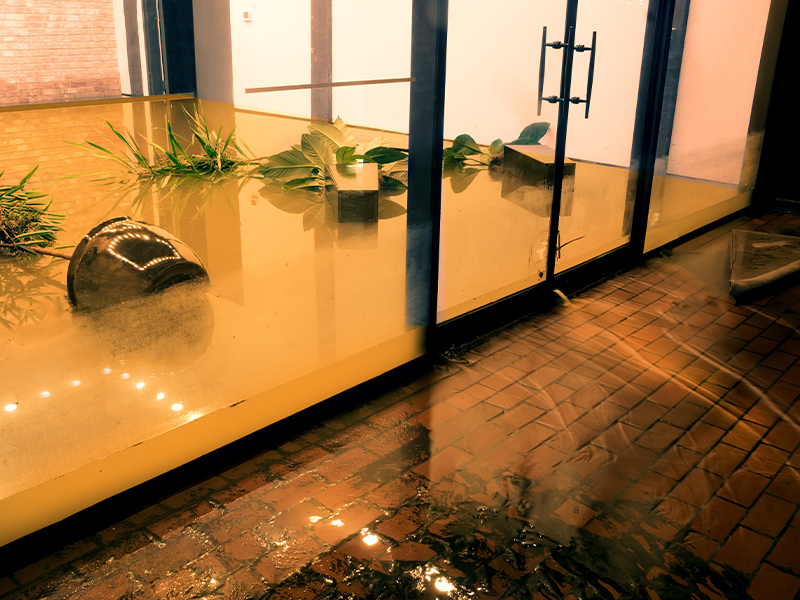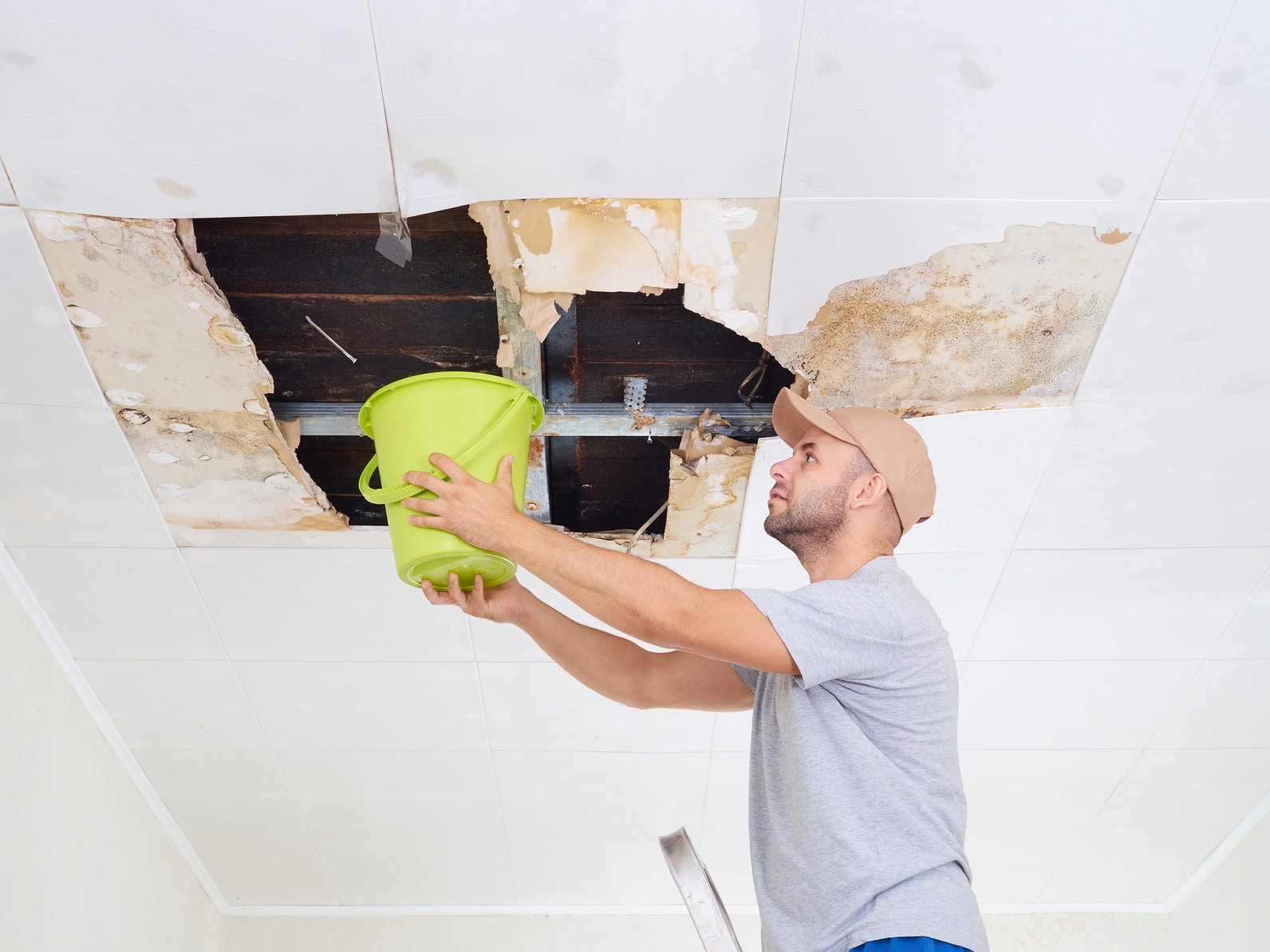Extensive Mold Remediation Philadelphia: Crafting a Much Healthier Indoor Atmosphere
Wiki Article
Emergency Water Damage Remediation: Swift Feedback to Minimize Additional Damages
Water damages can strike unexpectedly and leave terrible impacts on services and homes. When faced with such a scenario, a swift reaction is essential to minimize further damages and stop potential health hazards. But just what does emergency situation water damage restoration require? In this discussion, we will look into the relevance of instant activity, the assessment procedure, the steps associated with water removal and drying out, mold and mildew prevention and removal, and ultimately, the reconstruction of the affected location. By understanding the urgency and detailed nature of this process, you will get valuable understandings into just how specialists deal with emergency water damages, making sure a swift and reliable response.Significance of Swift Feedback
Swift reaction is of utmost significance in water damage remediation to reduce further damage and minimize possible threats. The longer water rests in a structure, the even more damage it can cause.
One of the major reasons speedy feedback is crucial in water damages repair is to avoid the development of mold and mildew. Mold and mildew not only creates more damage to the framework of the structure however likewise presents wellness dangers to owners.
Water damages can be devastating, particularly when it influences personal products of emotional or financial value. Performing swiftly enables specialists to examine the damage and execute suitable repair methods to recover as much as feasible.
Analyzing the Extent of Damages

Throughout the analysis, restoration specialists extensively examine the damaged area to recognize noticeable signs of damages, such as water spots, warped materials, and mold development. They also utilize specific tools to identify covert damage, such as moisture meters and thermal imaging cameras. This thorough examination enables them to properly establish the extent of the damage and establish a tailored restoration strategy.
Because it aids specialists prioritize their efforts,Assessing the extent of water damage is crucial. They can determine areas that need immediate interest, such as standing water elimination and drying, to stop further damages and lessen the risk of mold growth. They can likewise figure out the areas that require repair services or replacement, making certain that no damage goes unattended or unnoticed.

Water Removal and Drying Process
The water removal and drying procedure is a vital action in water damage restoration, as it involves the elimination of excess water and the thorough drying out of the afflicted location to avoid further damage and reduce the threat of mold growth. After assessing the level of the water damages, the following action is to remove the water from the damaged location. This is usually done making use of specialized equipment such as dehumidifiers, pumps, and vacuums. These tools are made to successfully and effectively get rid of water from numerous surfaces, consisting of walls, floors, and carpets.This step is essential in protecting against second damages, such as architectural damage and the growth of mold and mold. The drying out process may take numerous days, depending on the degree of the water damages and the materials included.
It is crucial to ensure that the afflicted location is totally dry prior to proceeding with any repair services or reconstruction. Failing to completely dry out the area can lead to lasting issues, including weakened frameworks, stuffy odors, and the growth of mold and mildew and mildew. Specialist water damage remediation companies use wetness discovery tools to ensure that the damaged area is completely dry prior to continuing to the next action.
Mold Prevention and Remediation
Efficient mold avoidance and removal are vital in water damage restoration to make certain the safety and security and stability why not try here of the afflicted location. mold remediation philadelphia. When water damages takes place, whether from a burst pipeline, flooding, or a leaking roofing, it creates a perfect environment for mold growth. Mold and mildew can start to establish within 24 to 48 hours after water damages, and if left without treatment, it can spread swiftly and cause severe health and wellness dangersTo avoid mold growth, it is important to attend to water damage quickly. The primary step is to fix the source and determine of the water invasion. Once the source is fixed, the damaged location needs to be completely dried to avoid moisture from lingering. This might include the usage of dehumidifiers, air moving companies, and various other customized tools to eliminate excess moisture from the air and surfaces.
In situations where mold development has actually already occurred, removal is required to eliminate the mold and mildew and prevent its return. This involves the mindful removal and disposal of afflicted products, such as drywall or carpet, to ensure that all traces of mold and mildew are eradicated. It is necessary to note that mold remediation should be performed by experts that have the required training and tools to safely get rid of and deal with mold and mildew.
Restoring the Affected Location

To start with, it is necessary to completely dry the location to avoid any further damages and to prevent the development of mold and mold. This might entail making use of specialized drying out devices, such as dehumidifiers and industrial-grade followers, to remove all moisture click to read from the damaged surface areas.
Once the area is completely dry, the reconstruction process can start. This might entail repairing or replacing harmed structural aspects, such as ceiling, drywall, or floor covering floor tiles. It is crucial to attend to any type of underlying concerns that may have triggered the water damages, such as leaking pipelines or defective plumbing, to avoid future events.
Furthermore, recovering the afflicted location may also consist of painting wall surfaces, changing damaged components, and completely cleansing and disinfecting the space. This ensures that not only is the area structurally sound, but it is also aesthetically pleasing and safe for occupancy.
Final Thought
To conclude, speedy response is essential in decreasing more damage triggered by water emergency situations. Examining the visite site degree of damage enables reliable water removal and drying processes to be carried out. Additionally, mold and mildew prevention and remediation are essential in restoring the affected area. Generally, prompt activity and extensive reconstruction measures are key to reducing the adverse influences of water damage.Swift reaction is of utmost significance in water damages reconstruction to lessen further damage and mitigate potential risks.Throughout the analysis, restoration specialists completely examine the damaged location to recognize noticeable indications of damages, such as water stains, deformed materials, and mold and mildew development.The water extraction and drying out process is a critical step in water damages remediation, as it entails the elimination of excess water and the thorough drying out of the affected area to stop further damages and mitigate the danger of mold development. After evaluating the degree of the water damage, the next action is to draw out the water from the afflicted location.Effective mold and mildew avoidance and removal are crucial in water damage reconstruction to make sure the security and honesty of the afflicted area.
Report this wiki page